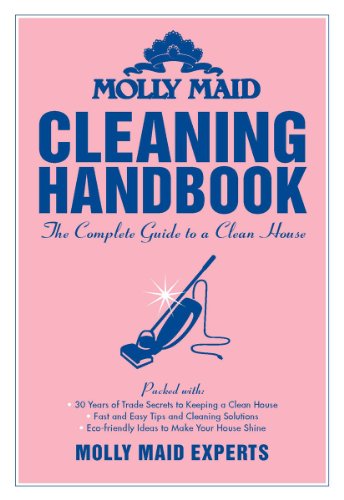
Couches and easy chairs sure take a beating because they’re used day-in and day-out. So it’s important to keep them looking as clean and new as possible. Here are four easy tips:
• Use the upholstery attachment to vacuum soft furnishings weekly. The angle-tipped crevice tool makes it easy to get to hard-to-reach areas such as creases, fabric folds and tufted areas – which is exactly where crumbs and dust end up.
• Once a month, take cushions outside and beat them by hand. Rotate and flip them when you put them back on the furniture.
• Consider a ‘ban’ on food, drink and pets on the furniture. Be mindful of less obvious sources of stains such as newsprint ink.
• When a spill happens (and it will), quickly blot with a paper towel or clean white microfibre cloth – having a white or light coloured cloth will help minimize the changes of colour transfer onto the fabric. Don’t rub the area as this can smudge the spill into a larger stain. Work from the outside of the spot towards the centre. Blot dry.
Upholstery Leather Specifics
- Regularly dust and vacuum leather furniture. (Remember, leather is preserved permanently during the tanning process).
- Wipe up spills right away. Wash off with lukewarm water using the rinse-blot technique. Wipe off moisture with absorbent microfibre cloth.
- Use very mild soap and lukewarm water to remove stains. Rinse-and-blot with clean water and thoroughly wipe with a clean microfibre cloth.
Microfibre Upholstery Specifics
- Microfibre is good at repelling water so water will bead up right after a spill. When this happens, be careful to get as much of the spill up without having it soak into the fabric. Dab with a clean microfibre cloth.
- Use a special microfibre cleaning products that is designed for dry cleaning and/or removing grease or oil.
- If the fabric becomes hard after cleaning, gently rub it with a soft scrub brush or old toothbrush.
- To remove any odours, sprinkle baking soda over the smelly area so it will soak up any remaining liquid or odour. Then brush or vacuum away once it is dry.
Cleaning Code on Upholstery
Before cleaning upholstery, make sure you know what the fabric or blend of materials are. The cleaning code is often found on the frame underneath the cushions.
- “W” means wet or water – so you can safely apply moisture
- “S” means solvents only – dry-clean and do not use water
- “S/W” means dry-foam – safer than S, but still dry-clean
- “X” means vacuum only – do not attempt to spot clean
If you don’t know, consult a professional.

